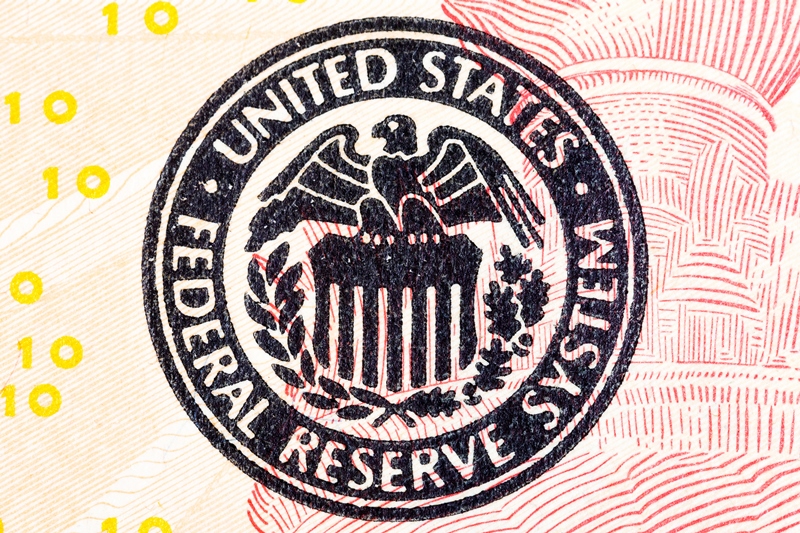
The Federal Reserve last week increased interest rates by a quarter of a point. This increase in conjunction with expected rate increases over the next several years is likely to move through the U.S. economy, slowly increasing mortgage rates.
Expect small, gradual rate increases. Federal policymakers stress that future rate increases will be small and gradual. Should the economy falter, policymakers stress that they will pull back so as to alleviate the impact on businesses and consumers. It is expected that the central bank will also begin to gradually increase rates. Moody’s Analytics states that even a mere 1 percentage point increase over the next 12 months could inhibit monthly job gains and economic growth for the following year.
According to Doug Duncan, Fannie Mae’s chief economist, the Fed’s modest 0.25 of a percentage point rate increase will have almost no immediate impact on mortgage rates. If the Fed decides to raise rates by 1 percentage point throughout the next year, Duncan states that the 30-year mortgage rates will drift between 3.9 percent and 4.1 percent during that period. This slight rise in rates would increase the cost of the typical $225,000 mortgage by just $26 a month, which is not enough to deter the majority of home buyers.
Has the housing market recovered? Following the devastating real estate crash, the sector that received the most benefit from the ultra-low interest rates was the housing market. For 2015, it is expected that home sales will total approximately 5.7 million, which is a slight increase from the 5.4 million seen in 2014. The 30-year fixed mortgage rate remaining below 4 percent (a decrease of 2 percent from 2008) is partly responsible for the housing market’s recovery.
Currently, a borrower who takes out a 30-year fixed rate mortgage can obtain an interest rate somewhere in the vicinity of 3.9 percent. At an interest rate of 3.9 percent, the monthly payment on a 30-year fixed $200,000 mortgage is less than $950.
Economic growth and steady jobs support the housing market. Steady jobs and economic growth ensure that the housing market of today receives support from much more than just a low interest rate. Moreover, 10-year Treasury note yields are used to price 30-year mortgages: These notes do rise as the short-term rates increase; however, their rise is not quite as steep.
The connection between 10-year Treasury bonds and 30-year mortgages. Although the market for the 10-year Treasury bonds is affected by short-term interest rates, this is not the only factor affecting these bonds. This past fall, the economic turmoil in Europe and China caused the 10-year Treasury prices to increase. Meanwhile, interest rates fell. This, despite the fact that the majority of investors believed that interest rates would be increased in September, demonstrates that market forces also push mortgage rates. Consider that even without short-term interest rates being adjusted by the Fed, 30-year rates have floated between 4.43 percent and 3.67 percent.
Adjustable-rate mortgages. The majority of adjustable-rate mortgages are modified annually. While fixed-rate mortgages are likely to remain lower, adjustable-rate mortgages may increase twice as fast (at about 0.50 percent).
A slight increase is expected in the number of homes purchased in 2016. Duncan expects home sales to increase by 4 percent in 2016 (down from an 8 percent increase in 2015). He states that as long as the rate increase is gradual, he does not expect it to be a hugely important factor. He believes that any impact on the market will be modest as long as U.S. incomes increase proportionately and job growth remains solid.
A loanDepot licensed loan officer can help with these and any other lending questions. Call (888) 983-3240 to speak with one today.
RELATED TOPICS
Fed raises benchmark interest rate for first time in 9 years
How to protect your finances after a job loss
Is now the time to tap equity to consolidate credit cards
Rebound in consumer spending marks return to healthy economy
Rents continue to rise, stress monthly budgets

